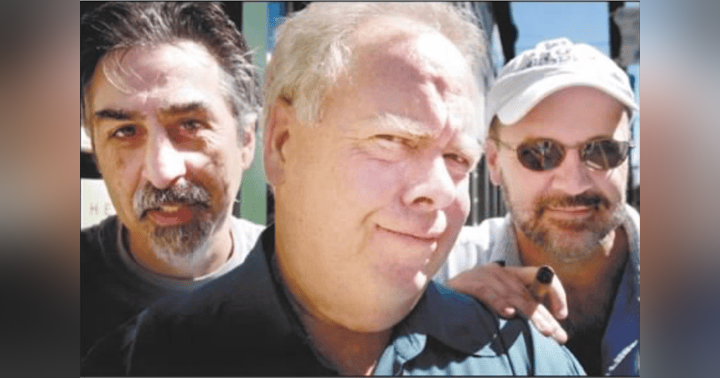
An 1844 portrait of the young George Lippard, depicted in front of what looks like a lake with a medieval castle (likely referring to a scene from his book The Ladye Annabel). The image is a lithograph by Albert Newsom, from a daguerreotype by John Edwin Mayall, published by Peter S. Duval.
Above is an ad place in the the Philadelphia Public Ledger for the first installment of Lippard's book, on October 5, 1844.
As for what the South Philadelphia mansion called "Monk Hall" in the novel might have looked like, in Lippard's imagination, there is no illustration in the published book, interestingly. But as Lippard describes the front of the house at the beginning of Chapter Seven: "The moon was shining brightly over the face of the old mansion, while the opposite side of the alley lay in dim and heavy shadow. The light brown hue of the closed shutters afforded a vivid contrast to the surface of the front, which had the strikingly gloomy effect always produced by the intermixture of black and red brick, disposed like the colors of a chessboard, in the structure of the mansion. The massive cornice above the hall-door, the heavy eaves of the roof, the gabled peak rising in the centre, and the cumbrous frames of the many windows, - all stood out boldly in the moonlight, forming the dismal relief of the building's front."
What particular Philadelphia building Lippard had in mind, I don't know. It may have been a gothic invention of his imagination. We do have an 1859 photo of the Sam Morris House in Germantown, which Lippard would have been very familiar with. It is in the collection of the Historical Society of Pennsylvania:
Below, the November 1844 political cartoon that we mention in the podcast episode, about the election of James Polk over Henry Clay. (From the collection of the Boston Public Library, via Digital Commonwealth)
In this cartoon we can see a highly partisan Democratic predictive fantasy of the streets of Philadelphia on Election Night of 1844. The text at the bottom reads: "This plate is intended to represent the returns of the Presidential Election as they will be received in Philadelphia, the different States are represented by Balloons, the States of Virginia, N[ew] York & Pennsylvania are joining hands at the result. Whilst Jersey, Ohio & Others are coming to place themselves at their side. A Carrier Pigeon brings in advance the grateful news that Kentucky has gone for the Democrats! That state will be seen at a distance with her motto better late than never, Old Hickory [i.e. the spirit of Andrew Jackson] is gratified to find that the Country is safe, and is ready for his last resting place, pointing to the Grave. The Clay Club room it will be seen is to let; Whilst the defunct COON is being carried to his Grave, the U.S. Bank! The Democrats are about meeting to respond to the glorious news of the Election of POLK & DALLAS!"
As it turned out, neither Kentucky nor New Jersey went for the Democrats - indeed Polk lost his home state of Tennessee. But still he and Dallas were victorious, winning by 170 electoral votes, over the 105 achieved by Clay and his running mate, Theodore Freylinghuysen of New York.
Below, the ad placed in the Philadelphia Public Ledger for the second installment of Lippard's book, dated November 6th.
Another item printed in the Philadelphia papers about the same time, showed that "riot" was still common in the streets that fall, and the fears of violence that had rocked the city and its environs that past summer still had not died away. The Gumballs and The Jumpers were evidently the names of some Philadelphia youth gangs of the day.
Below, a daguerreotype of George M. Dallas, made in 1848. Following that is the account in the Brooklyn Daily Eagle of how Dallas had spoken to the exultant crowd of his supporters, when the final election returns were announced in Philadelphia.
Next, here is the ONLY image of theater manager and actor Francis Wemyss I have ever been able to find, in character for a play as "Rolando". Though Wemyss had made a particular project of creating a series of prints of American actors of the day, he only seems to have memorialized himself in his own series one time. Below that is the facade of the Chestnut Street Theatre, as it would have appeared in 1844.
Finally, here is the playbill for The Quaker City that was so rudely destroyed by Singleton Mercer on November 10th, 1844. It was only discovered in the collection of the Historical Society of Pennsylvania about ten years ago, misfiled in a box of other items of theater history. We will discuss it in detail, in our next blog post, accompanying Part Three of our story. But, maybe by then, something else will have turned up! Maybe a copy of Lippard's long-lost script for the play The Quaker City! Hey, it could happen . . .



















